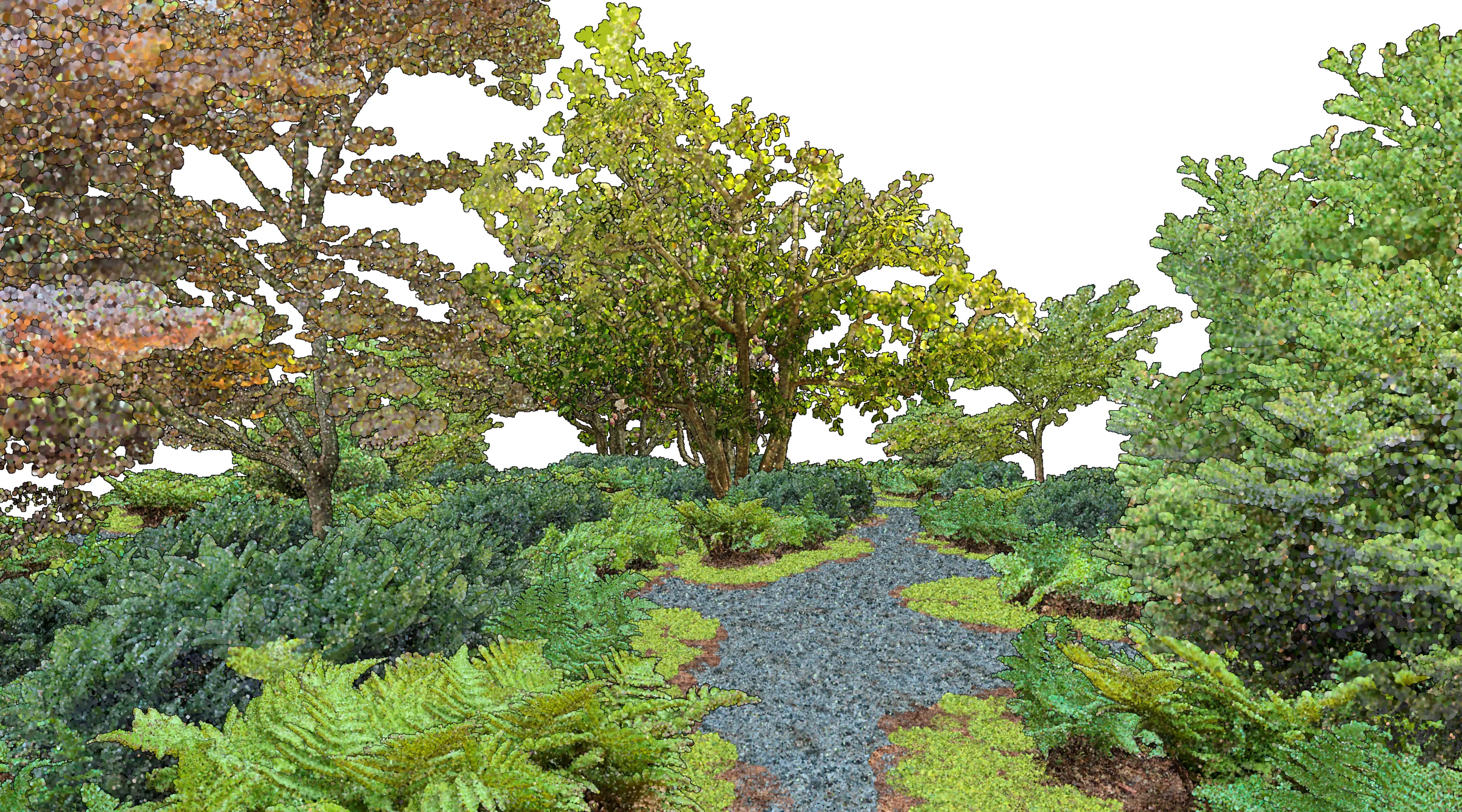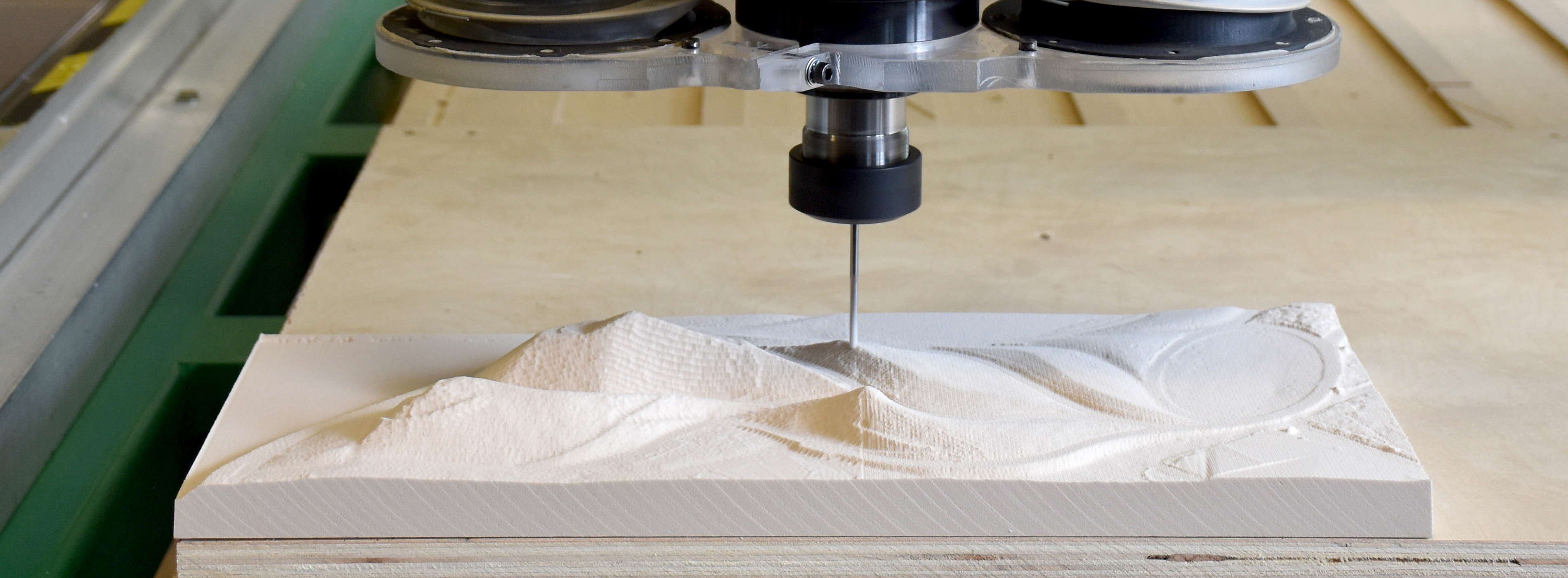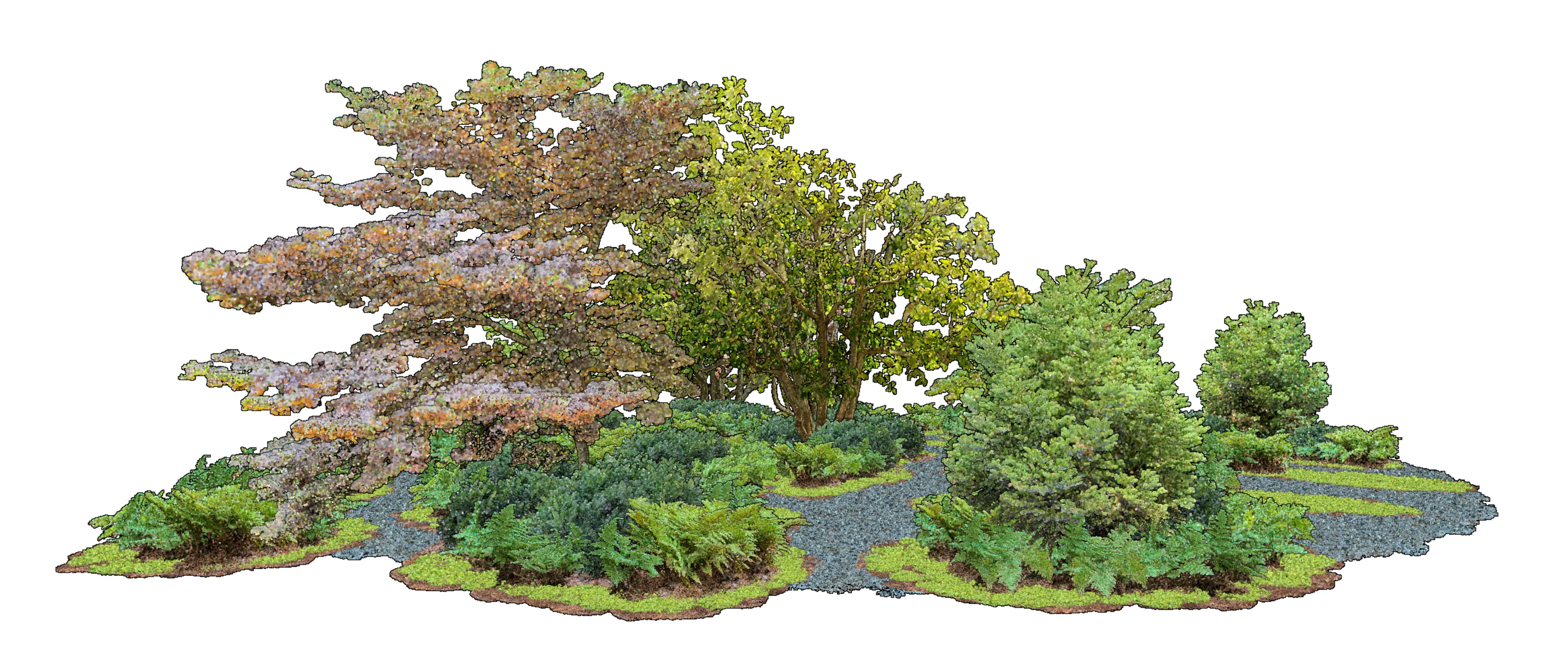Computational Design

Here are resources for learning about computational design including my recent book and tutorials.
Contents
Book
Computational Design for Landscape Architects This book is a guide to computational design for landscape architects replete with extensive tutorials. It introduces algorithmic approaches for modeling and designing landscapes. The aim of this book is to use algorithms to understand and design landscape as a generative system, i.e. to harness the processes that shape landscape to generate new forms. An algorithmic approach to design is gently introduced through visual programming with Grasshopper, before more advanced methods are taught in Python, a high-level programming language. Topics covered include parametric design, randomness and noise, waves and attractors, lidar, point cloud modeling, terrain modeling, earthworks, digital fabrication, and more. The chapters include sections on theory, methods, and either visual programming or scripting.
Course

Computational Design A guide to visual programming for 3D modeling, geospatial modeling, and geospatial analysis of landscapes. Software covered includes Rhino and Grasshopper. Tutorials are posted on Youtube.
Tutorials

Tutorials A collection of tutorials teaching creative computation with Grasshopper and Python:
- Random walk with Grasshopper
- Random walk with NumPy
- Random walk with scripting in Grasshopper
- 3D random walk with NumPy
Designs

Cloud Garden is a computational design for a garden generated from procedural noise and modeled as a point cloud. All of the plants in the garden are either laser scanned or neural rendered specimens collected in the wild.
Harmon, Brendan and Hye Yeon Nam (2025). “Cloud Garden: Neural Rendering and Point Cloud Modeling of Landscapes”. In: ACADIA 2025: Proceedings of the 45th Annual Conference of the Association for Computer Aided Design in Architecture.
Datasets

Cloud Forest
is a collection of laser scanned trees and other plants.
Each plant is available as
laz, e57, ply, pcd, xyz, and 3dm
format point clouds released under the
Creative Commons Zero
public domain dedication.